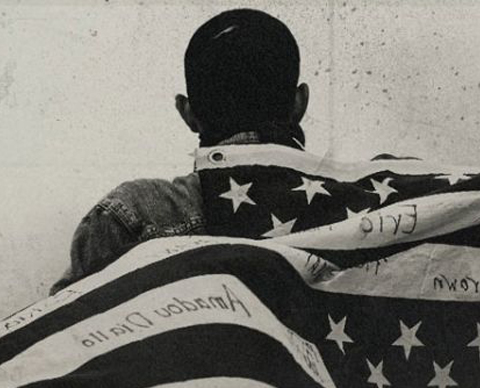I am far (very far) from being a parent, but I can imagine that parents frequently grapple with how much exposure their children should have to emotionally intensive stories and events. Recently in one of my classes, we discussed the topic of introducing young people to controversial and sensitive moments in national and world history, such as slavery, segregation, genocide, hate groups and hate crimes. We talked about our own experiences and whether or not we believe educators and parents handle these decisions in an effective manner.
After leaving my class, I thought more about this question. I wonder, is it really possible to claim that one specific age or grade level deems a child “ready” to hear stories about painful moments in history? On the one hand, these challenging historical events could put some children into a state of psychological distress that burdens their mind. On the other hand, teaching these stories could build empathy and tolerance and provide understanding that young people may not yet possess.
In my class discussions, I shared that I didn’t believe any that one age level was appropriate to introduce students to controversial issues such as slavery, segregation or the Holocaust. For me, introducing the issues to students is more related to the context and lens through which a child learns.
As a Jewish American, I’ve heard about Holocaust stories for as long as I can remember. I visited a Holocaust Museum in elementary school, acted in a play about children in the Holocaust when I was nine, and studied and discussed stories, facts, figures, and images frequently. The reason that I got exposed to these stories was because I’m Jewish. These stories are part of my cultural identity. In addition, I was always trying to be way beyond my years. It only made sense to my parents that they find ways to introduce me to the Holocaust at a younger age. Of course, they did not show me heart wrenching images of concentration camps when I was five years old. They exposed me to things a little bit at a time, yet still much more than someone in my high school history class may have been exposed to.
In contrast, I did not learn about the Civil Rights Movement and slavery in the US until at least middle school. It was only through my teachers that I heard about these stories. Later in high school, I took it upon myself to learn more. But for some of my friends, high school was not the first time they had been taught about the grim events in American history. Many of my friends who are personally connected to issues of civil rights and racism still reference the idea of having “the talk” with their family, and by that they mean the race talk, not the sex talk. They may have learned things about the Civil Rights Movement or slavery as young children that my parents would have never shared with me at a young age. But for their parents, the history of race and civil rights was essential to their identity formations and their way to grapple with the world around them. In fact, “The Talk,” a PBS documentary hones in on what this talk looks like for families in modern America.
For me, context and relevance matters. For individuals who may not have a personal history related to topics such as slavery, genocide, and the Civil Rights Movement, I believe these topics should be brought up in a relevant history class. The topic of slavery might not be discussed until the Civil War is taught in class, and the Holocaust discussions might happen after World History II classes in high school. On the other hand, if parents want their children to feel more of a connection early on, they can and should expose their children to significant events when they feel their kids are ready. The important issue is that parents should choose ways to help children of any age be exposed to these challenging times in history. Encouraging children to think out loud about what they have learned, to write their thoughts and questions, to draw, or simply to create artifacts that represent their thoughts and emotions could address this task in a meaningful and productive way.


